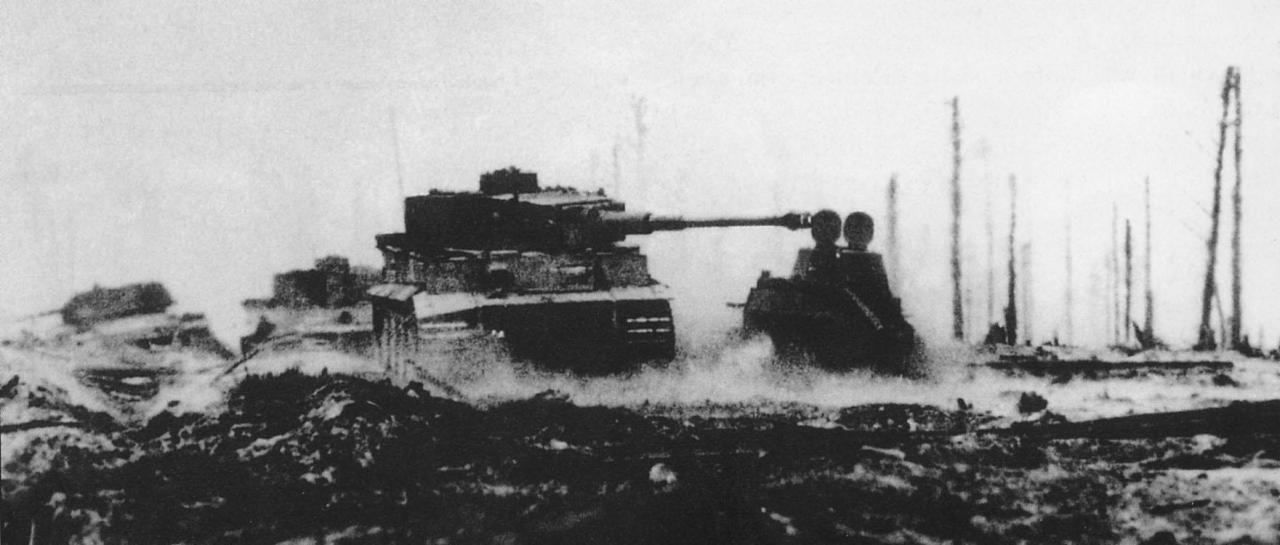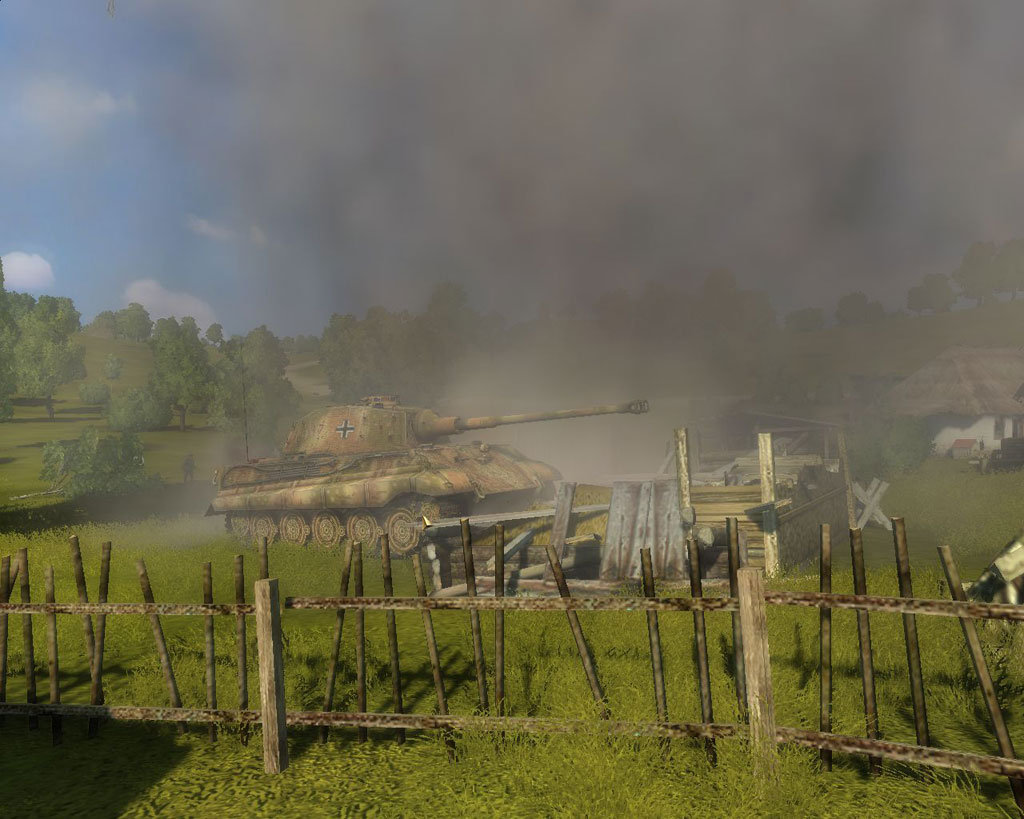

The two-and-a-half year siege of Leningrad and the determination of its inhabitants to survive were memorialized in stone monuments, in the poetry of Olga Berggolts and other Leningrad poets, in Dmitrii Shostakovich’s Seventh (“Leningrad”) Symphony, and in countless other ways. Those suspected of defeatism, thievery, or collaboration with the enemy were dealt with harshly. Competitions were organized at work with extra rations as the prize newsreel cameras filmed youthful, healthy-looking men and women engaged in athletic events poetry recitals and concerts, many of them broadcast by radio, were plentiful. Government authorities and party activists worked strenuously throughout the siege to keep up the morale of the population. That meant that roughly 800,000 had died of starvation and as many as another 200,000 were killed by bombing or in defending the city. Of the approximately 2.5 million residents at the start of the blockade, one million were evacuated and about 600,000 were still alive in January 1944 when the siege was finally lifted. From November 1941 to the end of 1942, 460,000 bodies had been interred. In March 1942, the Leningrad Funeral Trust buried 89,968 people in April the number reached 102,497. Bodies were dumped onto the streets to be collected or not. Among those who did not survive, many simply dropped from cold and exhaustion and froze to death. People ate anything to stay alive - rats, mice, cats, dogs, birds, bark, tooth powder, glue, and (in how many instances can never be known) human flesh. Food rations in the city were reduced again and again, condemning tens of thousands to death by starvation. Convoys frequently broke through the ice or came under strafing from German aircraft. The only route for goods to reach the city was across frozen Lake Ladoga (the “road of life”) by truck or horse sledge and then another thirty-five miles by a rail spur through the isthmus north of the German-held town of Schlusselburg. In November, the Germans advanced further to the east, cutting the last rail connection to the rest of the country. IvanovĪs the weather turned cold and fuel supplies disappeared, public transportation ceased, heating and electricity were turned off, and residents dismantled wooden houses and chopped down trees for warmth.

Right: Military Patrol, by Sergei Zakharov (1944) / From The Leningrad School, 1930-1990, by S.V.
#Battle of kursk world conqueror 2 archive#
Left: Beware of a Shelling (1943) / Russian State Film and Photo Archive at Krasnogorsk

By early September, one Leningrader was recording in her diary that “We have returned to prehistoric times: life has been reduced to one thing - the hunt for food.” Even before Georgii Zhukov replaced Klement Voroshilov as commander of Leningrad’s defense, virtually all able-bodied adults who has not been called up or had volunteered for military service were mobilized as People’s Volunteers to dig trenches and otherwise fortify the city. By the beginning of the siege some 400,000 people - mostly children - had been evacuated from the city despite official assurances that food supplies were plentiful and the invaders were incurring huge losses. Within the city, grim determination struggled to overcome panic. The aim was to terrorize and starve the population into surrender. The siege began in September 1941 after the Army Group North under General Ritter von Leeb had severed the city’s vital rail line to Moscow and began bombarding seemingly random targets. Heroic Leningrad, by The Aladzhalov Brothers (1944) / Wikimedia Commonsīy 1943, Leningraders were enduring their second winter of the German army’s siege of their city. Professor of Russian and European History


 0 kommentar(er)
0 kommentar(er)
